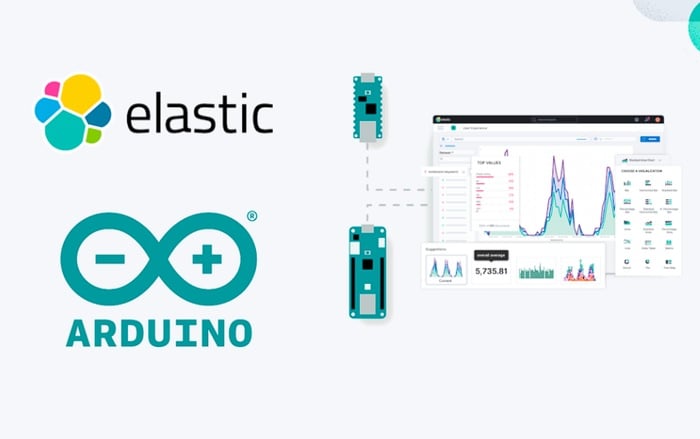The integration of Elasticsearch with Arduino for IoT applications is a significant development in the field of technology. This partnership between Elastic, a leading platform for search-powered solutions, and Arduino, a popular open-source electronics platform, has opened up new possibilities for IoT applications. The collaboration has resulted in the development of an Elasticsearch client library that runs on Arduino modules, enabling direct communication with an Elasticsearch server from an Arduino board.
The partnership between Arduino and Elastic has been instrumental in the development of this new technology. The collaboration has led to the creation of a simple Elasticsearch client library that can run on Arduino modules. This library allows for direct communication with an Elasticsearch server from an Arduino board, thus simplifying the process of data transmission and storage.
IoT applications
The potential of this technology was tested by developing an IoT device that sends temperature data to Elastic Cloud every five minutes. This innovative application of the technology could lead to a solution that provides the current average temperature from all sensors within a 5 km radius, thanks to Elasticsearch’s geo features. This geolocation-based temperature reporting could be particularly useful in industries such as agriculture, where real-time temperature data can be crucial.
What is Elasticsearch?
Other articles you may find of interest on the subject of Arduino :
Arduino Pro’s industrial-grade offerings, including Cloud services, software libraries, and a variety of components, are compatible with the entire Arduino ecosystem. This compatibility ensures that the integration of Elasticsearch with Arduino can be seamlessly implemented across a wide range of IoT applications.
A use case was designed for a company managing multiple IoT devices in Italy, with each device sending sensor data to Elastic Cloud. The company can manage any scale of IoT devices without needing a dedicated infrastructure, and can adjust internal parameters of each device based on the average temperature of neighboring devices within a 100 km range. This use case demonstrates the scalability and flexibility of the integrated system.
Search powered projects
Elasticsearch provides multiple feedback using search features like filtering, aggregation, multi-match, geospatial, vector search (kNN), semantic search, and machine learning. These features can be used to analyze and interpret the data collected from the IoT devices, providing valuable insights and facilitating decision-making.
Kibana, the UI available in Elastic Cloud, allows for the creation of a dashboard to monitor data from all devices, including geo-data representation on a map. This visualization tool can be particularly useful in monitoring and managing multiple IoT devices.
Setting up Elastic Cloud is a straightforward process. Users need to create an account, choose the size of the Elasticsearch instances they want to use, and generate an API key of Elasticsearch. An index needs to be created to store data from the Arduino boards, including temperature values, device position using geo-location, a device identifier name, and a timestamp. This preparation of the Elasticsearch index for data storage is a crucial step in the integration process.
The integration of Elasticsearch with Arduino for IoT applications is a significant development that offers numerous benefits. The partnership between Arduino and Elastic, the development of the Elasticsearch client library for Arduino modules, and the potential for geolocation-based temperature reporting are just a few of the many exciting aspects of this integration. With the use of Elasticsearch’s search features for feedback and Kibana for data monitoring and visualization, this integration promises to revolutionize the way we manage and utilize IoT devices.
Source & Image Source : AB
Filed Under: DIY Projects, Top News
Latest aboutworldnews Deals
Disclosure: Some of our articles include affiliate links. If you buy something through one of these links, aboutworldnews may earn an affiliate commission. Learn about our Disclosure Policy.







